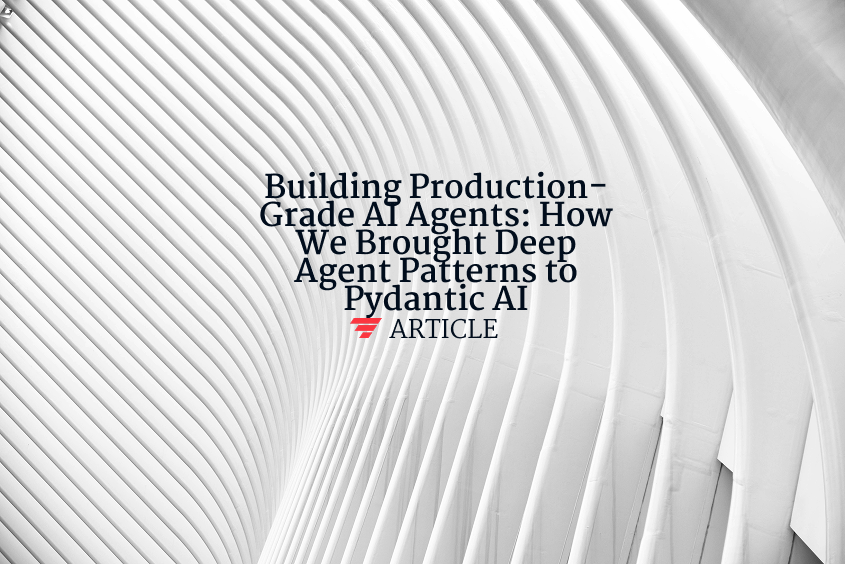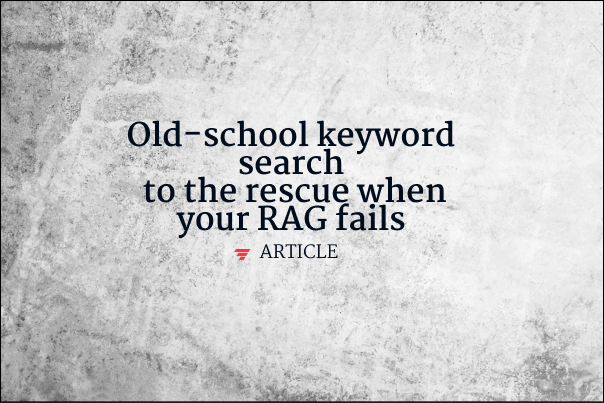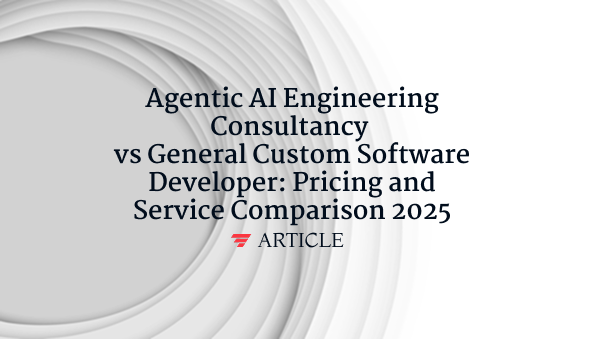Retrieval-Augmented Generation (RAG) AI definition
Retrieval-Augmented Generation (RAG) AI definition describes an advanced artificial intelligence methodology that enhances large language model capabilities by dynamically retrieving relevant information from external knowledge repositories before generating responses. This hybrid approach addresses fundamental challenges in AI systems including hallucinations, outdated information, and limited domain knowledge by grounding responses in factual, up-to-date sources. RAG architecture consists of several integrated components: document ingestion and preprocessing, embedding generation for semantic representation, vector database storage for efficient similarity search, query processing and retrieval mechanisms, and context-aware response generation. The system transforms user queries into vector embeddings, searches through indexed knowledge bases using cosine similarity or other distance metrics, retrieves the most relevant passages, and incorporates this context into the language model’s generation process. RAG implementations enable AI agents to access proprietary databases, real-time information feeds, and specialized domain knowledge while maintaining the natural language generation capabilities of foundation models, making it essential for enterprise agentic AI applications requiring accurate, verifiable responses.
Want to learn how these AI concepts work in practice?
Understanding AI is one thing. Explore how we apply these AI principles to build scalable, agentic workflows that deliver real ROI and value for organizations.



